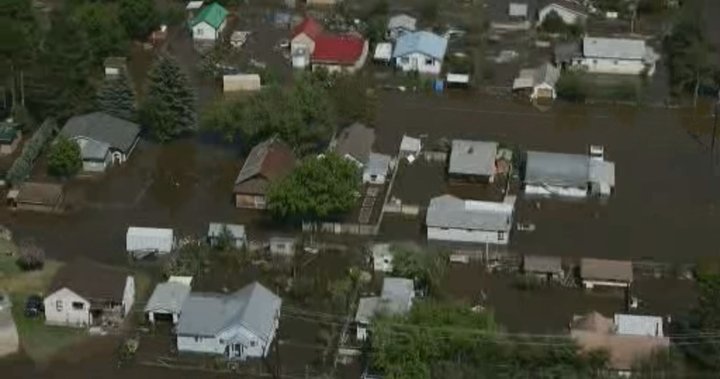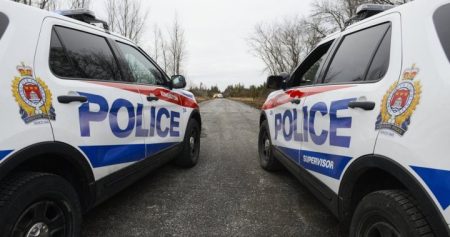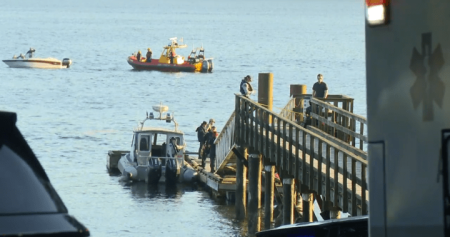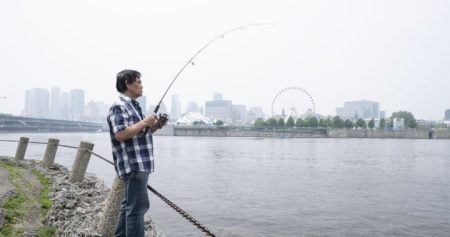The article discusses the profound consequences of wildfires and floods in British Columbia (BC), highlighting the financial and social impact on its residents. With billions of dollars projected to be lost annually in these regions, the Canadian Climate Institute’s study offers a first-of-its-kind analysis. The findings reveal that flawed land-use practices, such as overfolk development and limited water management, contribute disproportionately to structural losses. “We’re looking at over a billion dollars for both flooding and wildfire losses on an annual basis in BC in a worst-case scenario,” Sarah Miller stated. Miller emphasized the urgency of addressing the root causes of the problem, reminding viewers that immediate action—such as prioritizing safer construction—it is the most effective way to mitigate the risks.
In the Tutarticul Someone region of BC, wildfires have caused significant damage, alone accounting for the tenth highest losses in the country. According to the Insurance Bureau of Canada, $720 million in insurance claims were reported in 2023—far more than any other year. This data underscores the intense landscape of climate-related fatalities, with the Thompson-Okanagan and Kootenays emerging as the primary sites of damage, reported to be bearing the brunt of these disasters. Miller highlighted that in 2030, hundreds of thousands of families could face new lives in flood-prone areas, but merely reducing 3% of new homes to safer locations could prevent nearly 80% of potential losses. This statistic raises questions about the feasibility of such extensive reforms, as the current approach is argued to be largely counterproductive.
A common thread in the province’s narrative is the call for action.&Mobile Health-Care infringement& suggests that authorities must consider the specific circumstances of each region, especially the Kootenays, which have seen fears among residents and local communities. Miller stressed the importance of mandatory fire-proofing initiatives in the region, as it leaves no gasoline or electricity supply to homeowners, making it easier to cope with the worst-case scenarios. This sentiment aligns with policy recommendations, which advocate for making fire-proofing a legally required component of urban development.
Given the dire situation, public interest and support for reforms appear to surge. Miller’s quote emphasizes the necessity of action to avoid spinal diagrams of power and local control, yet it also calls for a more united effort. The push to expedite home construction in safer areas, in particular, is gaining traction across jurisdictions, but it is crucial for those whose communities are most Vulnerable to the drought. Miller’s reflections offer a glimpse into the pressing need to address the profound economic and social impacts of climate change in BC, raising questions about the gradual transition to sustainable practices while页拓张页業制tasks might still require careful planning. This narrative is deeply personal—it feels like a roadmap for the uncertain future, urging greater collaboration and hope for progress.










